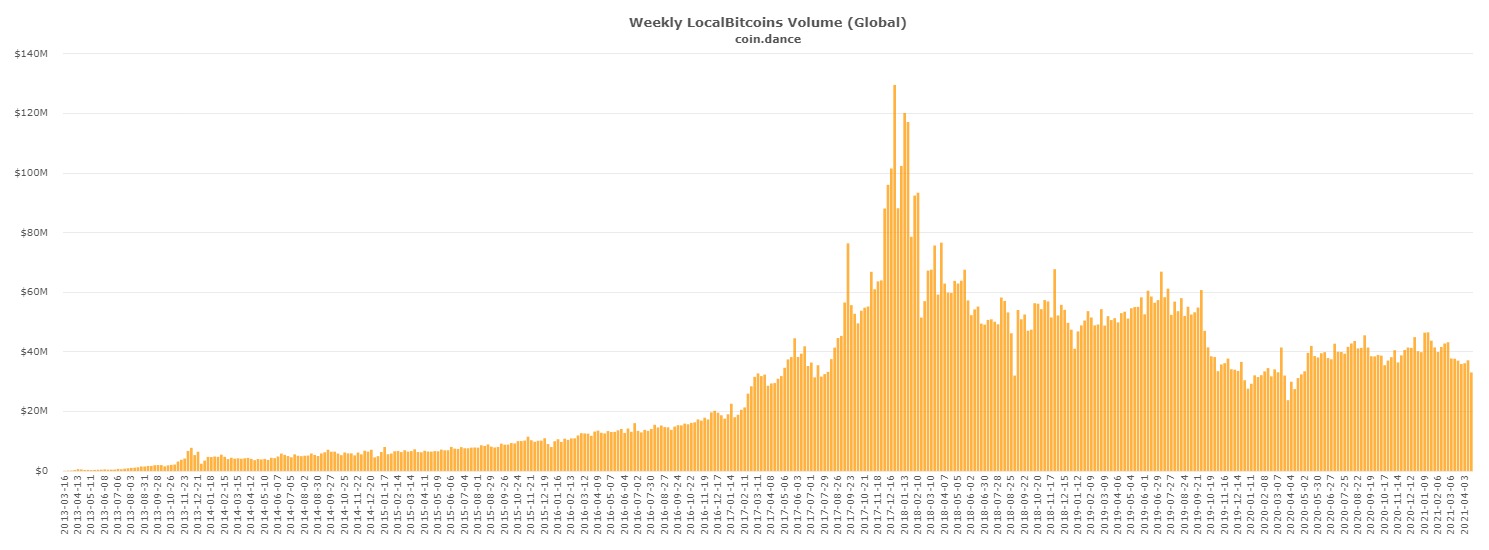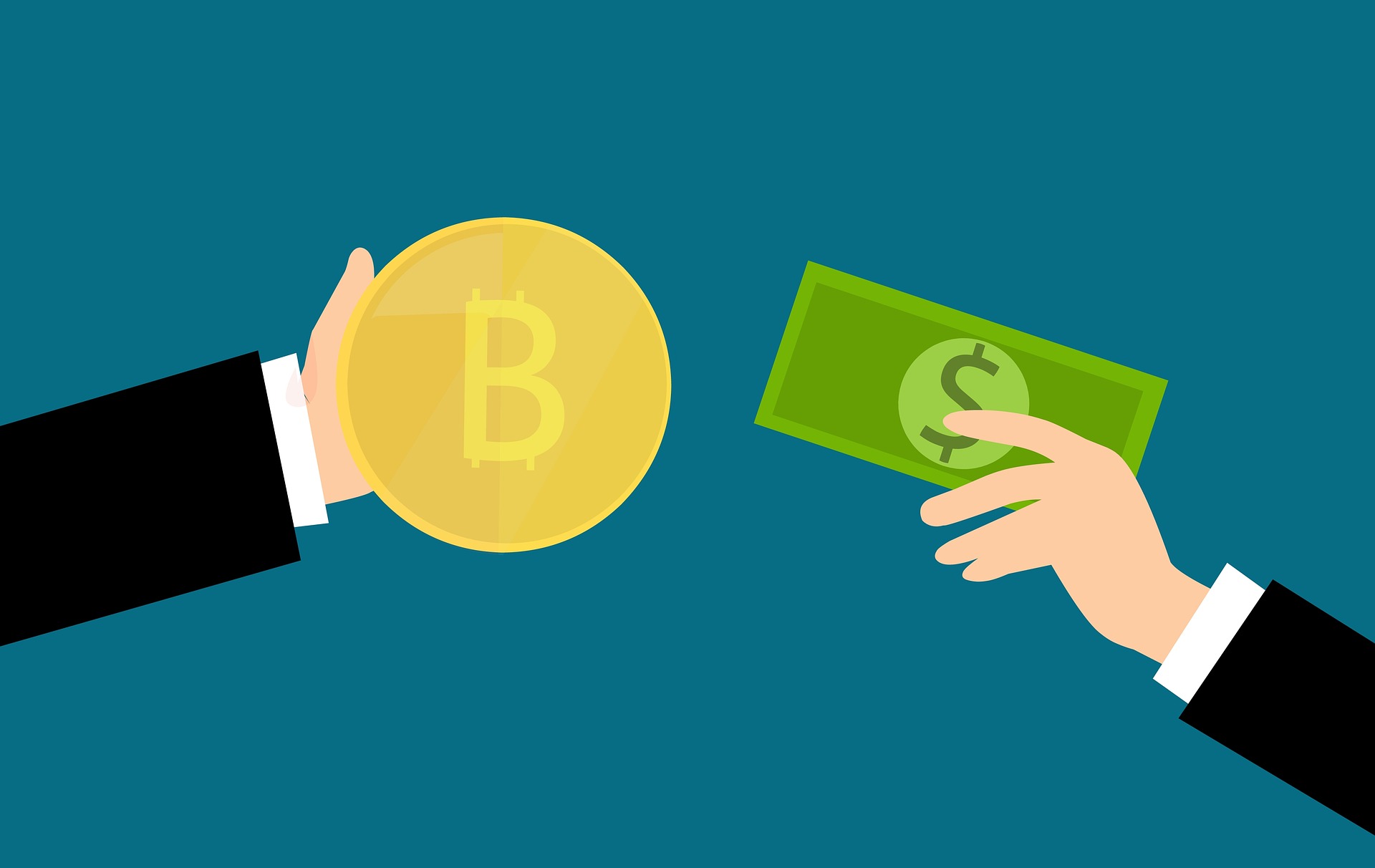April 21, 2021
by Binance
LocalBitcoins and Binance P2P are peer-to-peer cryptocurrency exchanges. Users can post buy or sell ads on the platform, while customizing transaction limits (maximum and minimum amount per transaction), payment methods, and requirements for trading.
Users interested in buying and selling cryptocurrencies can trade with their fellow “peers” who have posted ads, being able to pay through the payment methods set by the advertiser.
Both platforms have a rating mechanism that allows measuring the reputation of users and a system of escrow service and appeal resolution.
In this article, we are going to analyze LocalBitcoins and Binance P2P, the two most popular peer-to-peer cryptocurrency exchange platforms.
What is LocalBitcoins?
LocalBitcoins is one of the first exchanges to offer a peer-to-peer marketplace where users buy and sell bitcoin and fiat currencies to each other. Founded in 2012, LocalBitcoins was the most popular Bitcoin exchange for many users.

LocalBitcoins’ USD trading volume. Coin Dance
However, Coin Dance’s data shows a drop in the trading volume of -25%. In 2020 LocalBitcoins processed transactions worth $1,933,562,297, while in 2019 the trading volume was $2,576,218,276.

LocalBitcoins’ BTC trading volume. Coin Dance
The drop in LocalBitcoins’ trading volume to a seven-year low comes after reports that it suddenly began suspending long-time users’ accounts without warning earlier this year.
What is Binance P2P?
Binance P2P was launched at the end of 2019 to enable Bitcoin trading between people, facilitating the use of their local currencies. As of now, the platform allows buying and selling six cryptocurrencies — BTC, ETH, BNB, BUSD, DAI, and USDT — against more than 68 local currencies, using more than 200 different payment methods worldwide.
Binance P2P reported transactions valued at more than $7 billion through 3.8 million orders, reaching a daily volume of $54 million in 2020. Also, users increased by seven times compared to 2019. By the end of 2020, Binance had more than 2,000 merchants around the world.
Comparison table: LocalBitcoins vs Binance P2P
| Binance P2P | LocalBitcoins | |
| Cryptocurrencies | USDT, BTC, BUSD, BNB, ETH, DAI | BTC |
| Fiat | 60+ | 100+ |
| Payment methods | 200+ | 20+ |
| Fees | 0% | 1% |
| Cash trades | Available | Not available as of June 1, 2019 |
| Trade limits | No limits | No limits |
| Liquidity | High | Medium-high |
| Trade limits | No limits | No limits |
| Security | Escrow service | Escrow service |
| User-friendly interface | Easy to use | Not intuitive for new users |
| Customer service | 1-2 days response | 2-3 days response |
| App/web | Web-version and App (Android and iOS) | Web-version only |
| Merchant | Yes | No |
| Access to other product | Yes, access to futures, margin, savings, staking, etc | No |
Which is the better option?
Both are peer-to-peer trading platforms, each has its advantages and disadvantages. The choice of which of the two platforms to use is on an individual basis. You have to consider the country of availability, the fiat currencies you will be trading, the payment methods most suited to you, the price overview on each platform, and finally which platform gives you more opportunities to grow your crypto business.
LocalBitcoins has been one of the pioneer platforms in BTC trading. However, in the last years, it has shown a decline in trading volume. In addition, the interface and functionalities have become a bit outdated.
On the other hand, on Binance P2P you can trade 6 different cryptocurrencies, you have access to the Binance ecosystem and traders have a portal with exclusive functionalities.
On Binance P2P trading is easier and offers more opportunities to grow your business, as it allows you to share ads via QR codes, send and receive cryptocurrencies (via email and QR code), and has several trading zones (P2P and Express).

